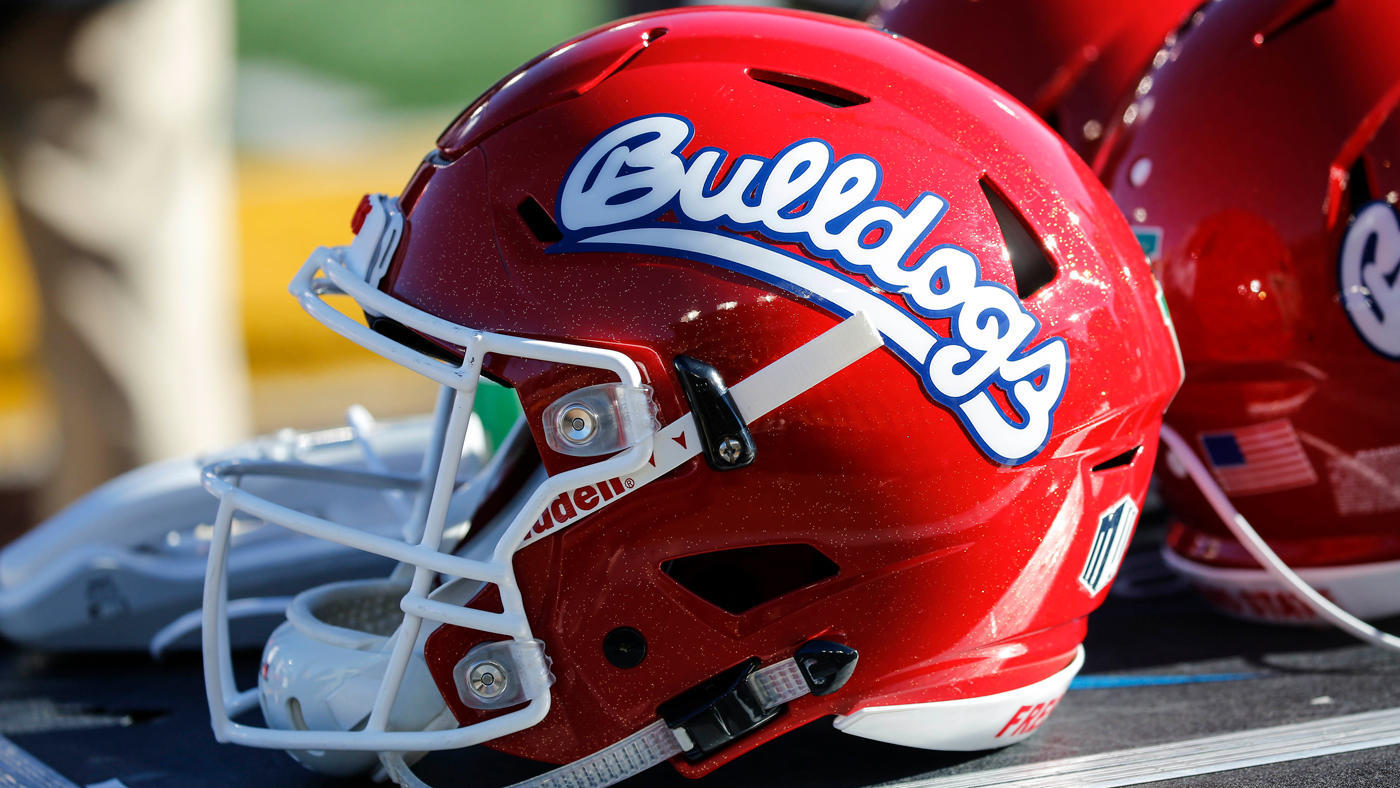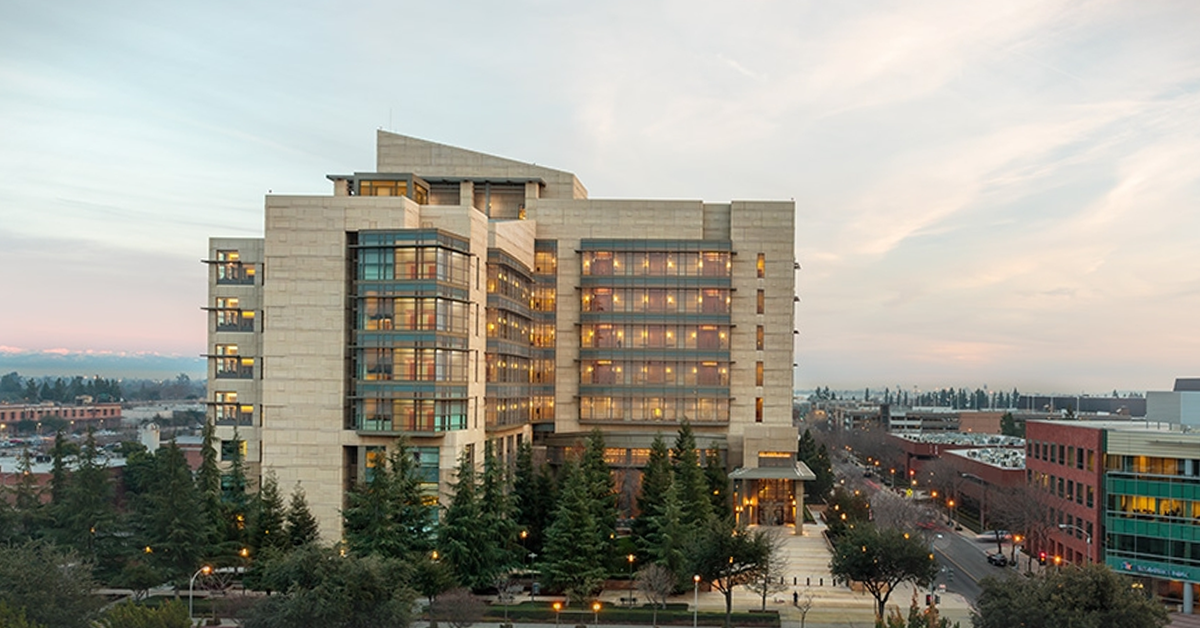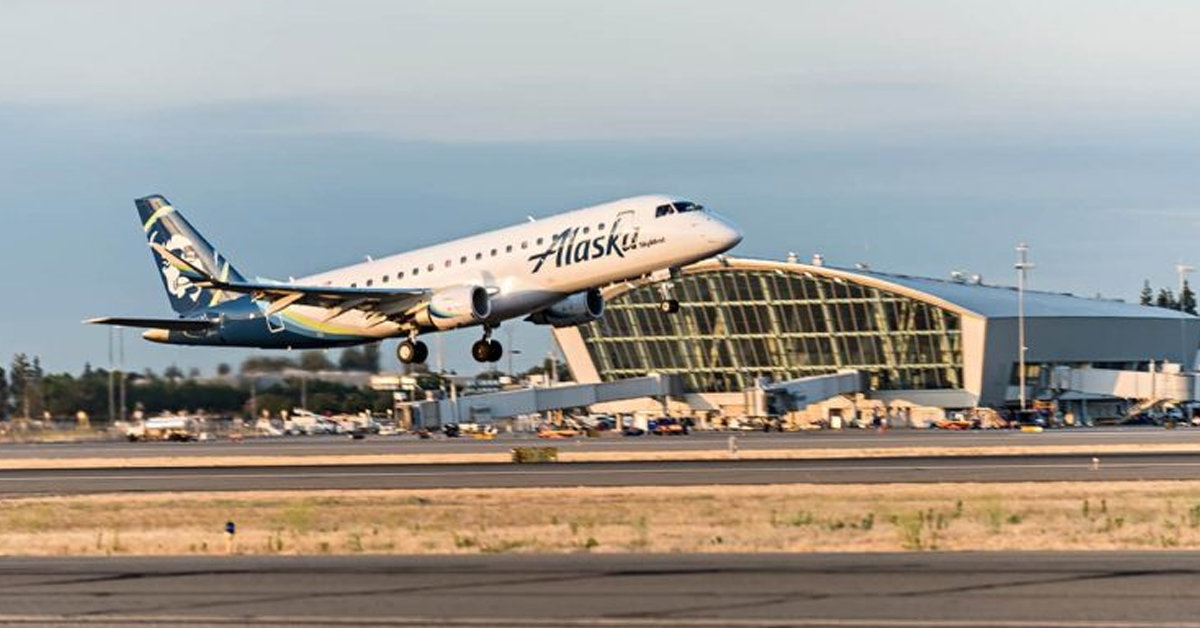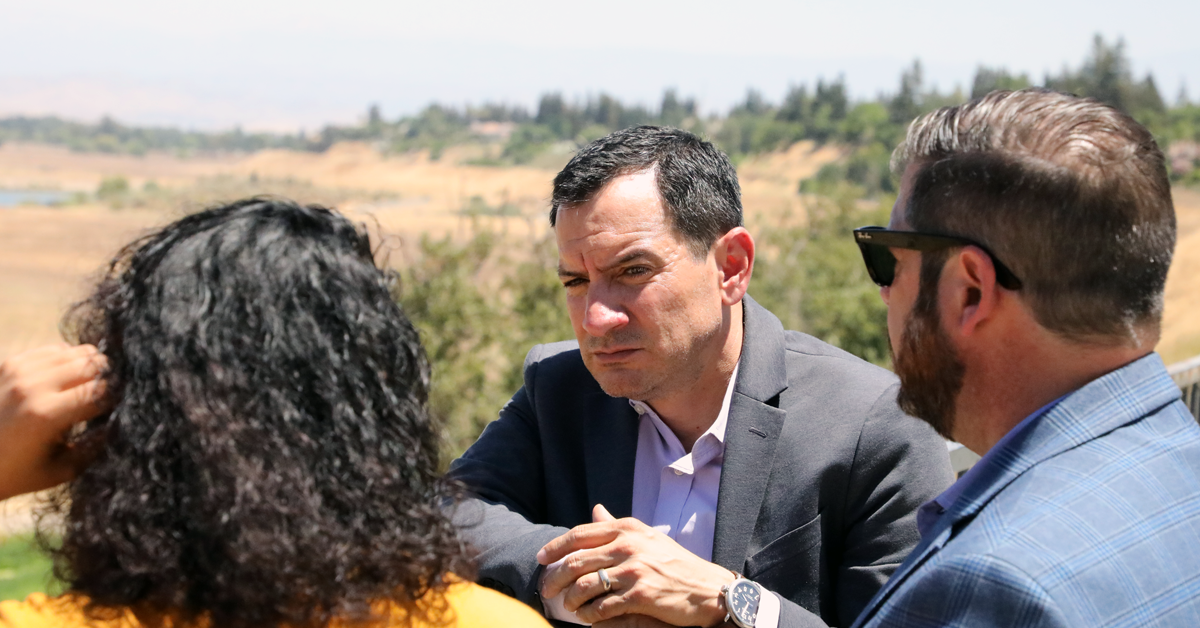Much like COVID-19 is changing our election practices and day-to-day business operations, climate change could change your water rights, according to the State Water Resources Control Board.
In the past, I have eluded to the shift from historical facts used for analysis and forecasting to a fear-based guessing game that allows an unelected bureaucracy backed by a one-party-rule elected body to usurp your property rights.
From the State Water Board: “Hydrologic modeling informed by long-term measurement data sets can constrain the functional uncertainty of global climate model-based future hydrology projections.”
Farmers in California certainly don’t have to read another report to know their water supply is sought after by their own state government
Consumers, however, might want to pay attention so they’re not surprised when some of their fruits, vegetables, and nuts are unaffordable and others are no longer available.
There is only one real reason this sort of tyranny continues: everyone’s mouths are full.
The debate over climate change is long concluded in places such as California.
The only questions left are the reactions to rapidly-forthcoming and catastrophic changes, or more precisely: how you will surrender rights and money?
In a 34-page report released by the State Water Board, the relationship between water rights and climate change is once again brought to our attention.
“Regarding changes projected for California, the uncertainty lies only in the magnitude of warming, but not in whether warming will occur,” the report reads.
While these are recommendations from the California bureaucracy, be aware you also have time to deliver your own recommendations and opinions on the matter (click the button at the bottom of this piece and you can send them directly)
California taxpayers have already forked over hundreds of millions of dollars so that the State Water Board can boast accomplishments such as recycled water and collection of urban storm water.
Those hundreds of millions and even billions of dollars did not build new, major above-ground water storage or upgrade aging infrastructure.
Meanwhile more than 80 percent of fresh water flowing through the Delta has continued straight to the ocean the past two years amounting to over 30 million acre-feet of water.
Your water and money are being confiscated by people who have never farmed but know you should plant cover crops and promote healthy soil.
A bureaucracy requires money to continue growing.
We can read 34 pages of requests for more oversight, upcoming doom, and additional flow gauges, but these pages are about much more than things we need to mitigate climate change: they are the latest addition to hundreds of other reports that excuse the actions taken which will dictate what you eat, where you reside, where you work, and how you live.
Not a single one of them has yielded cooperative, voluntary agreements to resolve the truly critical questions of California’s water issues, either.
What is important to realize is that if we are to create policy or even law as a preventative, based on no historical factual data or hand-picked data to fit futuristic claims of disaster, the future of the masses is completely dependent on the radical whims of a few.
Criteria and standards will be created based on future predictions, not historical data.
Junior water right holders will be hit first, and hard.
We have lost the debate of the presence of climate change in California.
Standing at our door is the choice of who decides our future because of it.
Curtailment of water by the State Water Board is not new. The most curtailments came in 2014 and 2015.
What is new is the explanation and plans that seemingly make curtailments of water rights more permanent rather than being a reactionary decision because of dry conditions during a specified timeframe.
Given reports such as this, one could easily come to the conclusion that if we are to believe less annual rain and snow is rapidly approaching, so too are the accompanying regulations.
Absent a resounding effort of political pressure and to persuade the State Water Board to consider food production as a priority over predictions of environmental habitat, more water will be transferred from food production and added to flows headed out to sea.
Fallowing acres because of lack of water not only means less food and fiber, but also means less jobs. Fewer jobs in many areas deemed “disadvantaged communities” during a pandemic doesn’t seem to be logical.
When the ability to sustain is gone, migration starts.
And agriculture is not an industry that folks will return to when times are better. When farms dry up, they are gone. They aren’t coming back and with farm and ranch families comprising less than 2 percent of the U.S. population, we can surely and quickly run out of people who know how to feed the rest of us.
This report shouldn’t be confused as a warning to prepare for what appears to be a dry winter thus far. No one from any university, think tank, or bureaucratic committee can tell you for certain that we are headed toward another drought.
But, it appears they are preparing you for one, man-made or otherwise.










